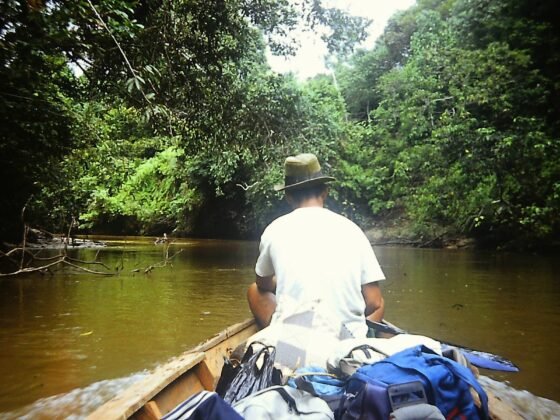If the prospect of saying goodbye to dry land and heading on an epic sailing trip thrills you to pieces, it’s to unleash your inner wanderer. While there’s plenty of fun for pleasure boats close to the shore, most are built for long-distance travel. Catamarans, in particular, are perfect for extended ocean voyages.
With the right supplies and sailing know how you can spend weeks or even months at sea. You can travel half the world, from Europe to the Caribbean, Australia, the Americas, and beyond. There are few limits when you’ve got a sailboat, so there’s no excuse for small ambitions. It’s time to start planning your first international adventure.
This article explores some of the things to consider before heading out on a long voyage.
Know Your Route
It’s easier than ever to map out international sailing trips. For instance, with the help of companies like Make Fast Mooring, you can find docking spots in plenty of time. It works in a similar way to Airbnb, with a matching system that hooks boats up with vacant spaces.
Being able to locate mooring for rent, before you depart and during your voyage, takes a lot of the stress out of sailing. It’s an important part of planning where you’re going, where you’ll stop off, and how you’re going to get there. You need to know and record this information.
Tell Everybody about It
Itineraries do change, of course, but having a planned route reduces the risk of a boat getting stranded. Sailing guidelines advise all vessels to log their route with marine safety officials, so they can be found quickly if trouble develops.
The weather will be your biggest enemy out in the ocean. It may force you to change direction or take a route that isn’t part of the plan. This does happen, and it’s usually nothing to worry about, especially if you’ve got a working radio. Regardless, you need to log a route before departure.
Inspect All Safety Items
Before you go, take the time to inspect every piece of equipment in your safety kit. There should be flares (kept dry at all times), a radio (preferably more than one), personal EPIRB devices, extra fuel, and anything else deemed essential for a long voyage.
This includes items like life jackets, a radar reflector, life saving signals, safety lines, and kill cords. Take each object out of storage and visually inspect it. Pick the items up. Handle them. Switch them on. Do this with plenty of time to get replacements if anything is dysfunctional.
Calculate Food and Water
The chance of a catamaran running out of water on a carefully planned voyage is very small. Nevertheless, it is a good idea to take a little more than you know you’ll need. Obviously, space is an issue, so calculate how much drinking water will be consumed each day.
The same applies to your food supplies. You should have a good idea of how much will get eaten every day, so you can take the perfect amount, plus a little more. On a long voyage, you need plenty of canned foods. Spaghetti, beans, corned beef, and tinned fish are ideal.
Why Happy Sailing is All about Careful Planning
There are lots of scary things out there in the ocean. However, the vast majority can be avoided or weathered with a little forward thinking. The key to successful sailing is being prepared for anything. When all of the basics are covered, there’s nothing left but to have the time of your lives.












